How AI Helps Maximize Space in Any Climate
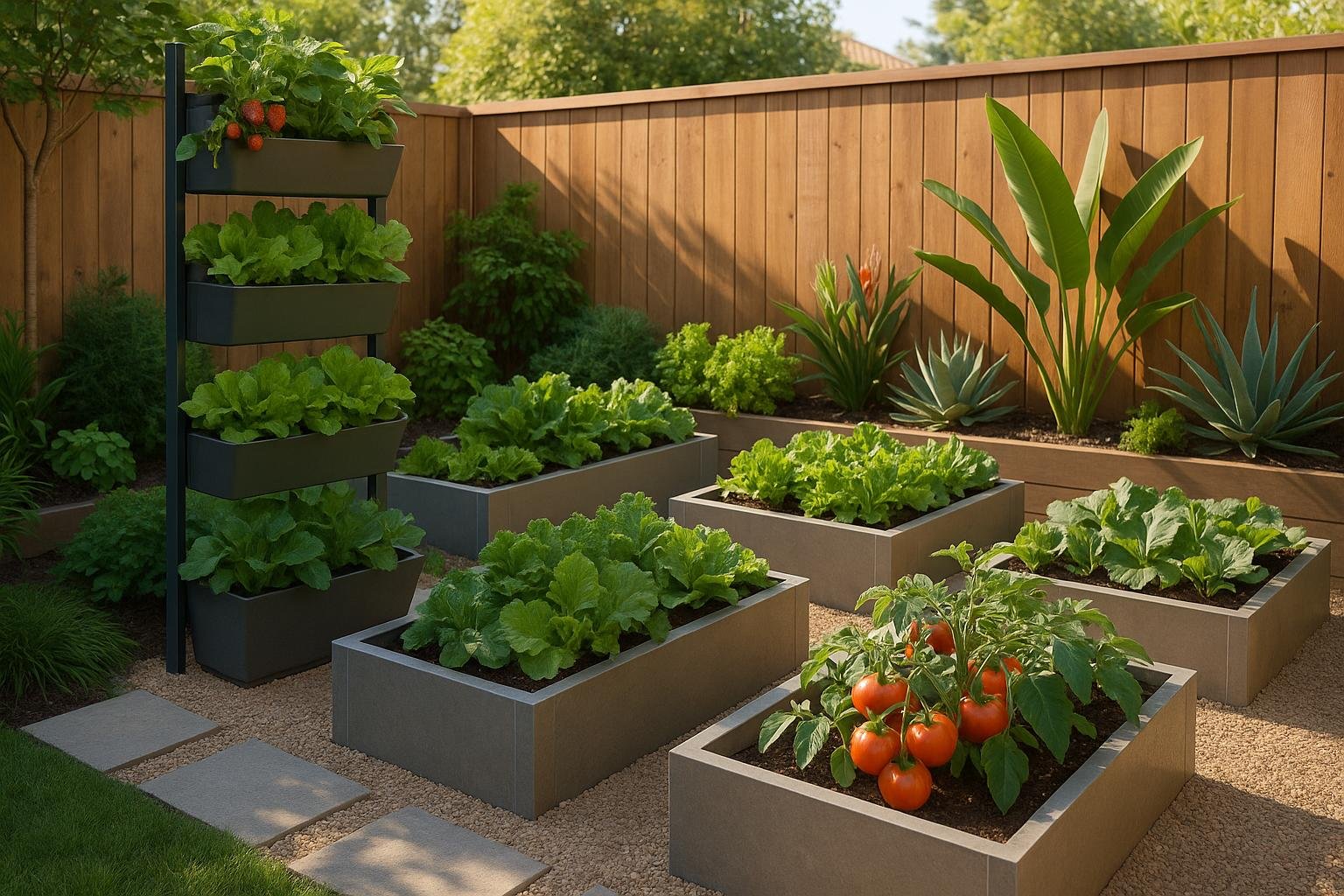
AI is changing how we design gardens, helping you make the most of your outdoor space in any climate. Here's how it works:
- Smart Space Planning: AI tools analyze your garden's size, sun exposure, and soil to create efficient layouts.
- Climate-Specific Solutions: AI suggests plants and designs tailored to your region's weather, whether it's arid, humid, coastal, or cold.
- Water Efficiency: Advanced irrigation systems save up to 25% water by adjusting to real-time conditions.
- Plant Recommendations: AI picks plants that thrive in your local environment, improving sustainability and reducing maintenance.
- Adaptation to Climate Change: Tools incorporate climate shifts, like longer growing seasons and unpredictable rainfall, into garden designs.
These technologies make gardening easier, more efficient, and eco-friendly, no matter where you live. Keep reading to learn how AI can transform your garden.
AI Garden Design Secrets Transform Your Outdoor Space with Smart Tech

Garden Design Limits in Different Climates
Making the most of garden space means understanding how different climates influence design. Studies show that winter temperatures in some areas have increased by as much as 15°F (8.3°C) over the past 30 years.
Climate-Based Design Challenges
Each climate comes with its own set of hurdles. For instance, in arid regions, organic matter breaks down within six to 12 months, which impacts soil quality and demands creative solutions.
Here’s a breakdown of common challenges and how to address them:
| Climate Type | Primary Challenges | Design Considerations |
|---|---|---|
| Arid/Desert | Water scarcity, poor soil quality | Limit lawns, use drought-resistant materials |
| Humid Tropical | High humidity, heavy rainfall | Improve drainage, space plants farther apart |
| Coastal | Salt exposure, strong winds | Use salt-tolerant materials, add windbreaks |
| Cold/Continental | Freezing temperatures, short growing season | Select cold-hardy plants, include insulation features |
"We now look for native species that are heat or drought resistant and/or tolerant. This includes choices for both plants and grass. Today's circumstances require tough turf".
Recognizing these constraints helps gardeners craft designs that align with local conditions.
Design Goals and Practical Solutions
Today’s gardens need to look good while standing up to the demands of a changing climate. For example, the growing season has stretched by more than two weeks over the past century, opening up new possibilities but also introducing fresh challenges.
Here are some must-haves for effective garden design:
- Microclimate Management: Even small gardens feature microclimates shaped by factors like slope, sun exposure, and wind. By leveraging these differences, you can create diverse planting zones within the same space.
- Water Efficiency: In dry regions, strategies like drip irrigation are key to conserving water while keeping plants healthy.
- Climate Resilience:
"Climate change has meant our day-to-day seasonal assumptions no longer stand – the growing season can be almost all year round and rainfall is unpredictable or unseasonal".
Trees are particularly valuable in garden design. They store nearly 20 times more carbon than grass, making them a smart choice for urban spaces where every square foot counts.
Some practical strategies include:
- Soil Preparation: Add organic matter in humid areas or use raised beds to improve drainage.
- Plant Spacing: Allow enough space between plants to ensure good air circulation.
- Material Selection: Use light-colored materials in hot climates to reflect heat and keep spaces cooler.
- Native Integration: Focus on native plants that thrive naturally in your local environment.
"Climate change is real, everywhere. A concerted effort is needed to push back impending potential disaster".
These insights highlight the importance of adapting garden design to meet climate challenges head-on. With the support of tools and smart planning, it’s possible to create spaces that are both functional and resilient.
AI Tools for Climate-Based Garden Design
AI is reshaping the way gardens are designed, especially in varied climate zones. By addressing specific environmental challenges, these tools help optimize garden layouts and ensure they thrive under local conditions.
AI Space Analysis Methods
AI-based tools bring precision to garden planning by analyzing key factors that influence space usage. These systems assess terrain features, architectural styles, and existing garden elements to create designs that align with both functionality and sustainability.
For instance, AIGardenPlanner analyzes uploaded garden photos to evaluate:
- Sun exposure patterns
- Existing landscape features
- Soil conditions
- Drainage patterns
- Microclimates within the space
This detailed examination provides a foundation for choosing the right plants and designing efficient layouts.
Smart Plant Selection
AI has revolutionized plant selection, tailoring recommendations to specific locations. Andrew Levi, CEO of PlantTAGG, explains:
"Our plant data was initially sourced from several leading US horticulture institutions and has been augmented using AI. PlantTAGG can accurately predict plant survival based on location."
By considering factors like climate, soil quality, space needs, and water usage, AI ensures plants are chosen not just for aesthetics but also for their ability to thrive.
"For the eco-conscious and sustainable gardener, AI-driven services that identify native plants suitable for a user's specific region and living conditions can be helpful", says Marek Bowers, founder of Bolder Green.
AI also adjusts designs based on immediate weather conditions, making gardens more resilient to environmental changes.
Planning for Weather Changes
AI tools incorporate real-time weather data and long-term climate forecasts to help gardens adapt to shifting conditions. A standout example is the 2025 Microsoft and Avanade "intelligent" garden showcased at the Royal Horticultural Society's Chelsea Flower Show. This project highlights how AI can optimize plant care as weather patterns evolve.
Pam Maynard, CEO of Avanade, notes:
"Applications like ChatGPT can actually help you to identify plants and suggest which ones to grow based on your garden preferences and the characteristics of your yard."
AI-powered irrigation systems are another game-changer, offering features like:
- Up to 25% water savings
- Real-time adjustments based on soil moisture levels
- Integration of weather forecasts to fine-tune watering schedules
- Efficient water distribution to prevent overuse
Maynard further explains:
"There's an opportunity in using AI for automation. For example, irrigation systems that use sensors and can therefore apply the proportion of water needed, taking into account the weather and how much moisture is already in the soil."
AI's role in gardening extends beyond convenience. As noted in a recent report:
"AI is not merely a trendy term but a transformative force within the landscape industry... Artificial Intelligence plays a crucial role in promoting sustainable practices within landscape design by aiding the creation of environmentally responsible landscapes."
sbb-itb-4d6a8dd
🚀 Ready to Reinvent Your Garden?
Join thousands of homeowners who have transformed their gardens using our AI design tool. Upload one photo to explore endless possibilities.
Get your AI garden designs →Success Stories: AI Garden Design
Desert Garden in Phoenix
In Phoenix, Arizona, where the desert climate presents unique challenges, AI technology has completely changed how gardens are designed and maintained. Using AIGardenPlanner's specialized tools for desert environments, gardeners are transforming water-heavy landscapes into thriving, low-water oases. The platform analyzes local climate data and soil conditions, ensuring garden designs can withstand temperatures that often soar above 100°F.
With AI-driven insights, these desert gardens achieve:
- Efficient irrigation systems tailored for arid conditions
- Strategic plant spacing to support the growth of drought-resistant species
- Resource-conscious layouts that reduce water and energy use
These techniques highlight how AI can adapt garden designs to harsh environments, offering similar benefits for urban gardening projects.
Denver Rooftop Garden
In Denver, a rooftop garden showcases the power of AI in urban spaces with limited growing areas. On a 200-square-foot rooftop, AI tools increased vegetable production by 40% through carefully planned tiered beds. A smart irrigation system, guided by weather data, minimizes water waste while maintaining year-round productivity despite Denver's unpredictable weather.
The system's advanced features include:
| Feature | Benefit |
|---|---|
| Moisture Sensors | Prevent overwatering |
| Weather Analysis | Dynamically adjust watering needs |
| Microclimate Mapping | Optimize plant placement |
To ensure precision, sensors monitor water pressure 240 times per second, providing real-time data on water quality and usage.
These examples demonstrate how AI is reshaping gardening, making it possible to maximize efficiency and sustainability in vastly different climates.
Conclusion: AI's Garden Design Benefits
Urban and desert garden case studies highlight how AI has reshaped garden planning by analyzing factors like sunlight, wind, and water drainage to create gardens that thrive in various climates. This technology not only makes professional garden design more accessible but also helps conserve vital resources.
AI's role in optimizing garden spaces offers several clear benefits:
| Key AI Advantages in Garden Design | Impact |
|---|---|
| Climate Adaptation | Evaluates local weather patterns and soil conditions to suggest the best plants |
| Resource Efficiency | Minimizes water use with smart irrigation and moisture tracking |
| Space Maximization | Designs layouts tailored to available space and growing conditions |
| Maintenance Planning | Provides custom care schedules and detects potential plant diseases early |
"Generative AI could open up gardening to many more people who don't have the knowledge or time to learn or maintain their space"
AI has made professional garden design more accessible, especially for urban gardeners with limited space. And as these technologies continue to evolve, even smarter tools are on the horizon.
Next Steps in AI Garden Design
The future of AI in garden design lies in deeper integration with environmental systems. Advanced machine learning is already improving its ability to understand ecological interactions and adapt designs to shifting climates.
"Any AI is only as good as the information being fed into it... So, the information should be treated as guidance, rather than as an absolute"
Looking ahead, garden management systems are set to connect with home automation platforms, offering improved environmental control and monitoring. These advancements will enhance space efficiency and promote sustainable gardening practices, no matter the climate.
At AIGardenPlanner (https://aigardenplanner.com), we’re excited to push the boundaries of AI-driven gardening, helping gardeners everywhere make the most of their space while staying eco-friendly.
FAQs
How does AI choose the best plants for my garden and climate?
AI takes the guesswork out of choosing the right plants for your garden by analyzing factors like your local climate, soil type, and temperature trends. Using advanced algorithms, it identifies plants that are most likely to thrive in your garden's unique conditions.
For instance, these tools evaluate details such as seasonal weather changes, how much sunlight your garden gets, and moisture levels in the soil. This tailored approach makes it easier to grow a lush, healthy garden while cutting down on the time and energy spent on trial and error.
What are the advantages of using AI-powered irrigation systems over traditional methods?
AI-powered irrigation systems offer a range of benefits over traditional approaches, making them a game-changer for modern farming and gardening:
- Water Efficiency: By using real-time data - like soil moisture levels and weather forecasts - these systems ensure crops get just the right amount of water. This precision can cut water waste by as much as 50%.
- Improved Crop Yields: Tailored watering schedules, designed to suit specific crops and local climates, can boost yields by 20–30%.
- Automation: These systems handle the entire irrigation process automatically, saving farmers significant time and reducing the need for manual labor.
On top of that, AI technology can predict both water and nutrient requirements, helping farmers cut costs while ensuring their crops receive exactly what they need to thrive. This blend of precision and ease makes AI irrigation an essential tool for today’s agricultural practices.
How can AI help me design a garden that adapts to climate change?
AI is transforming the way we approach garden design, making it easier to create outdoor spaces that can handle the challenges of climate change. By tapping into detailed climate data and local environmental factors, AI tools can recommend plants that are well-suited to the evolving conditions in your area. This means your garden can stay healthy and flourish, even as the environment shifts.
These tools go beyond just plant selection. AI can analyze critical elements like soil type, weather trends, and seasonal changes to suggest the best planting schedules and layouts. This helps you make the most of your garden's space while boosting productivity. Plus, AI can offer real-time advice on care routines, such as when to water or fertilize, based on current environmental conditions. This ensures your garden remains strong and adaptable, no matter the climate.
By using AI-powered tools, you can craft a garden that thrives - one that’s tailored to your location, preferences, and the demands of a changing world.
Related posts
Related Articles
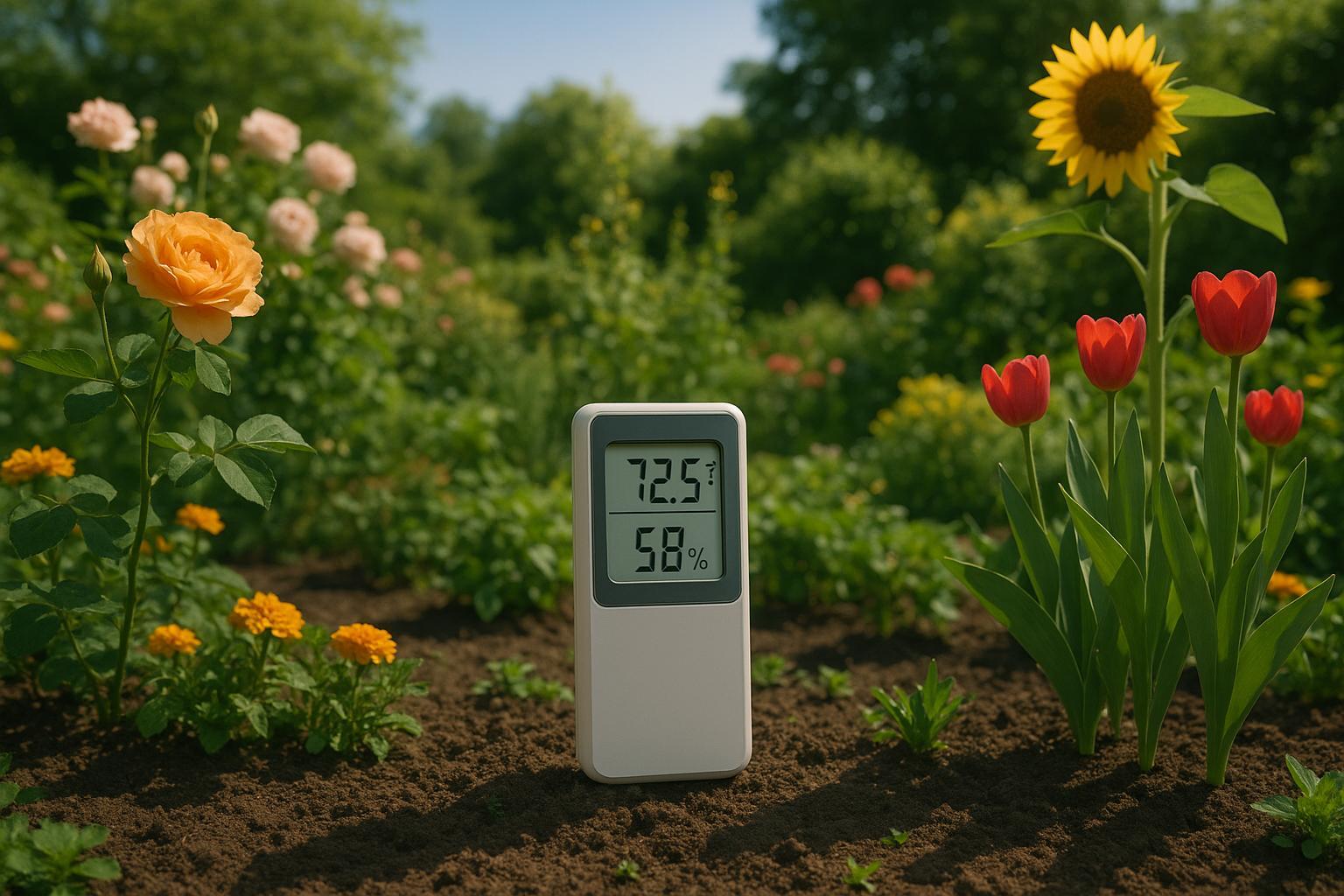
AI Tools for Managing Temperature Swings in Gardens
Explore how AI tools can stabilize garden temperatures, improve plant health, and enhance growth by managing environmental conditions effectively.
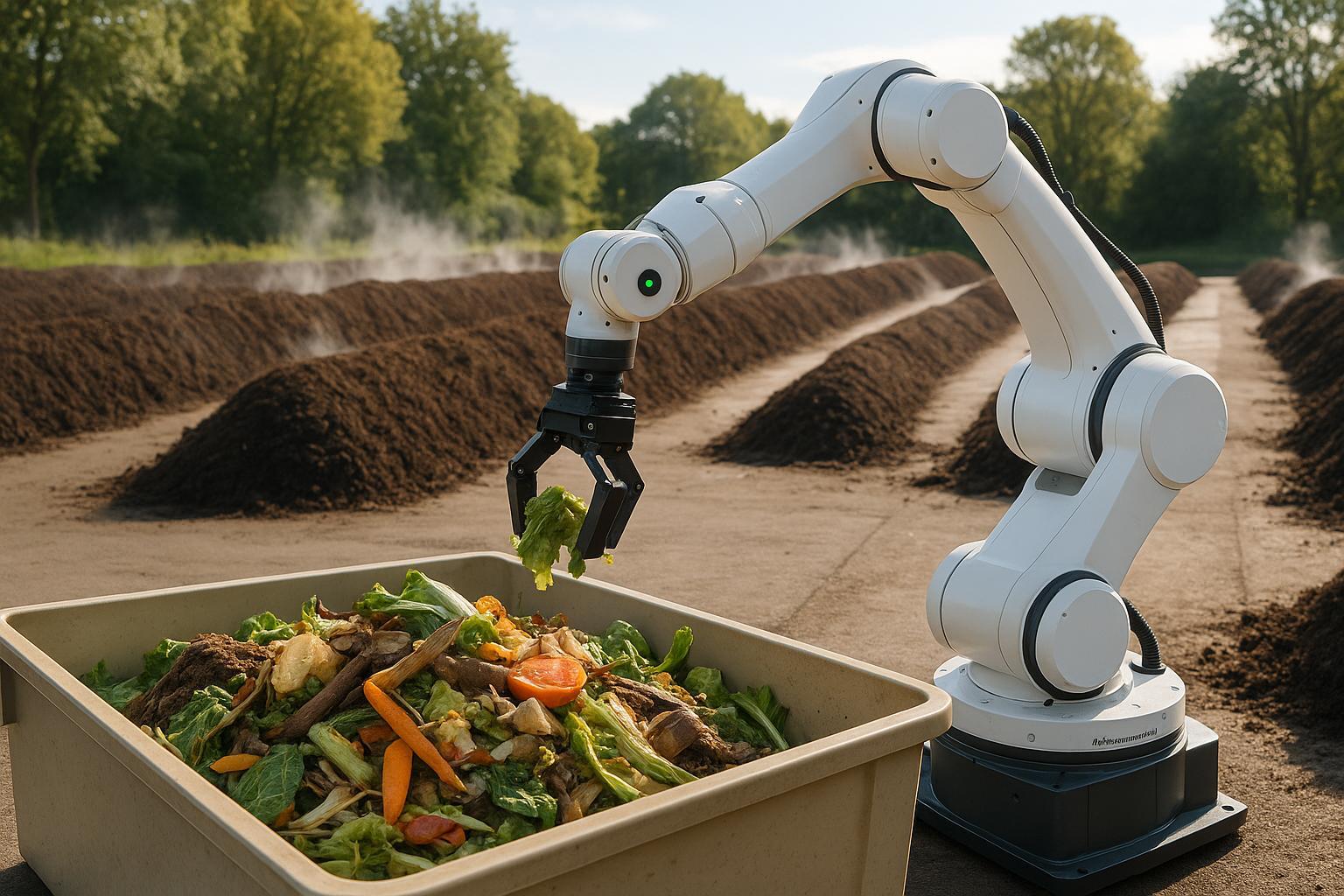
AI in Composting: Emission Control Insights
Explore how AI is revolutionizing composting by reducing emissions, enhancing sorting accuracy, and improving overall efficiency.
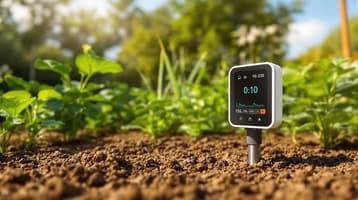
Ultimate Guide to AI-Powered Soil Monitoring
Learn how AI-powered soil monitoring transforms gardening with real-time insights for healthier soil and more efficient resource use.

AI Garden Planners vs. Traditional Methods
Explore the differences between AI garden planners and traditional methods, highlighting their strengths, limitations, and how they can complement each other.
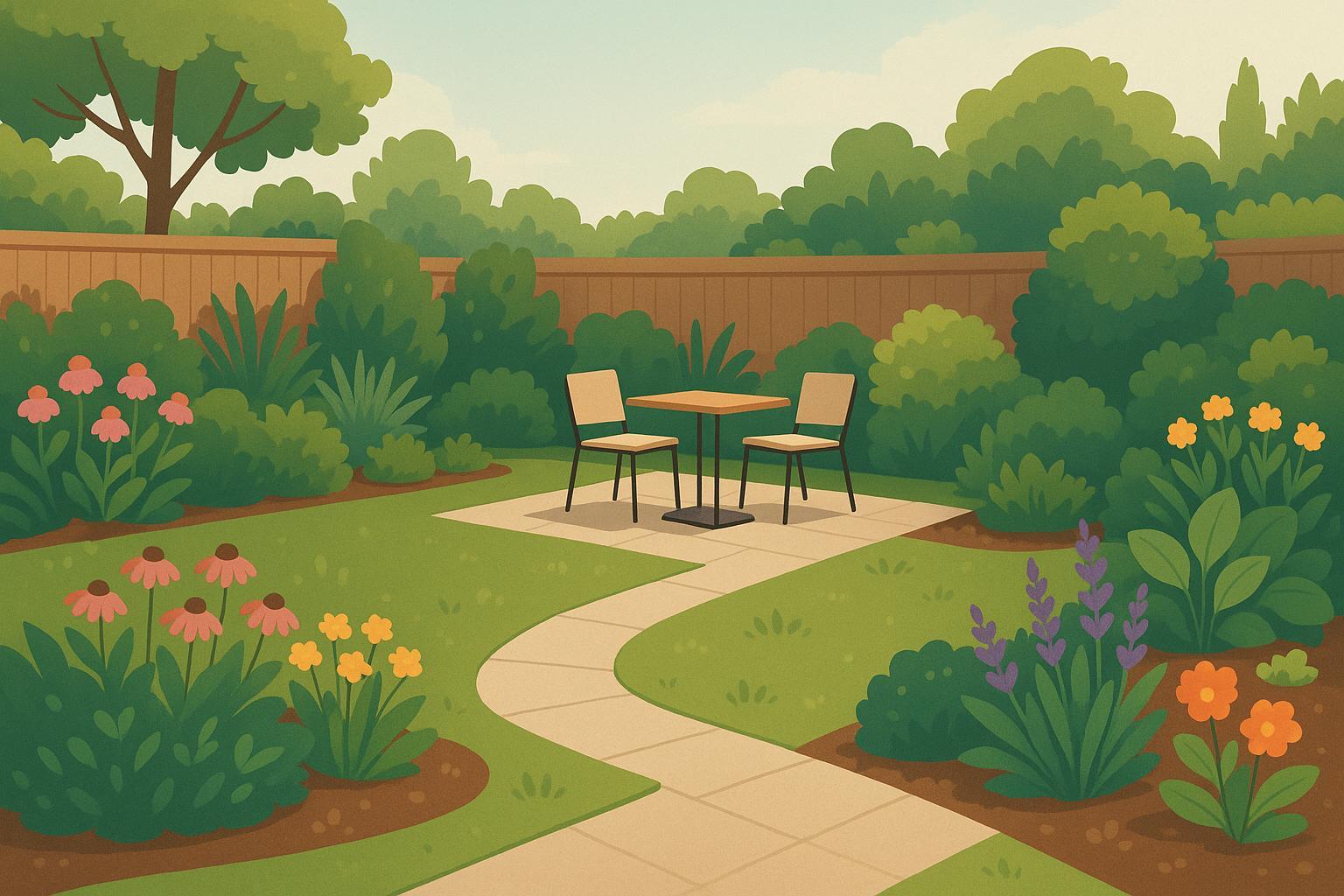
Top 5 AI Garden Design Tools Compared
Explore top AI garden design tools that simplify planning with customized styles, plant recommendations, and budget-friendly pricing.
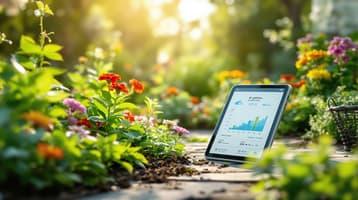
AI Tools for Predicting Rainfall in Gardening
Utilize AI tools to predict rainfall and enhance your gardening strategies with precise forecasts and tailored plant suggestions.